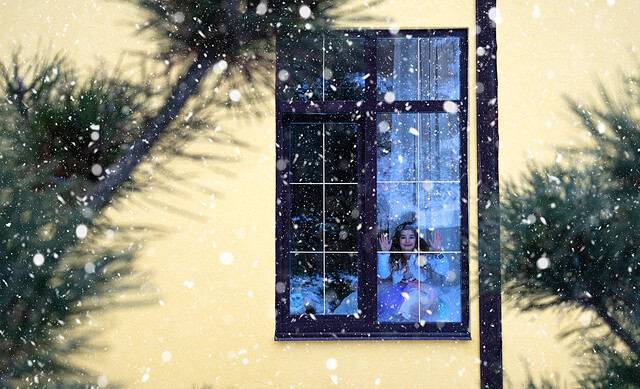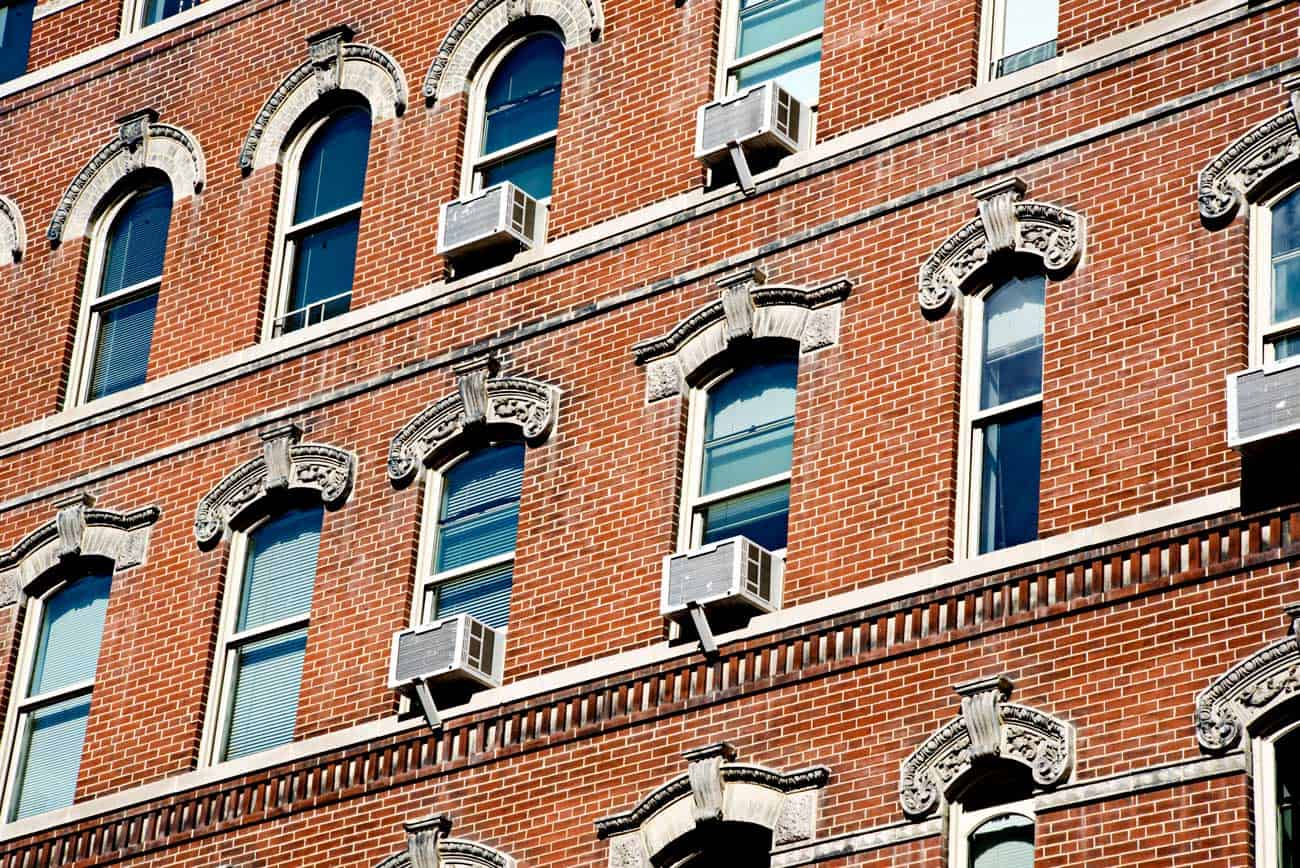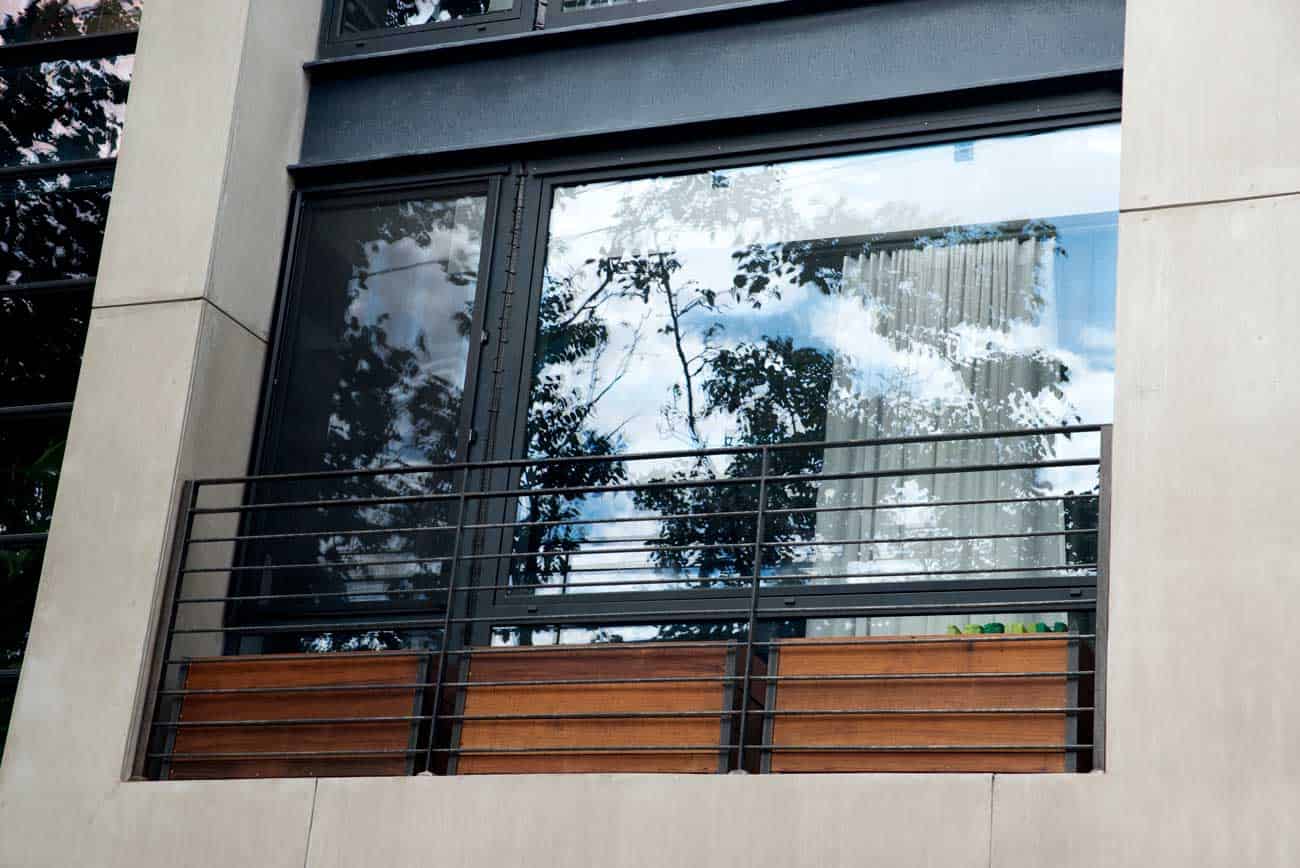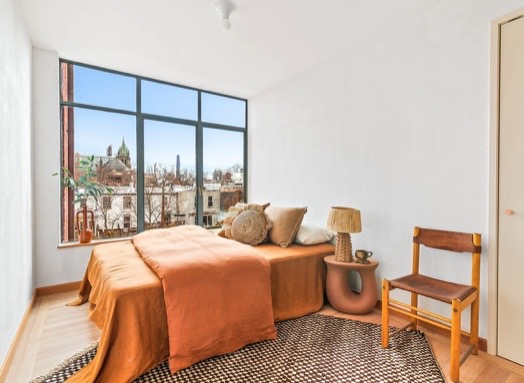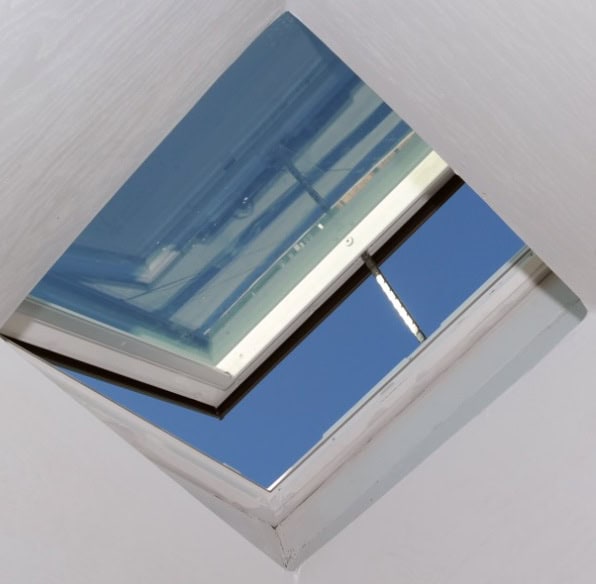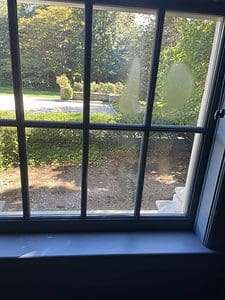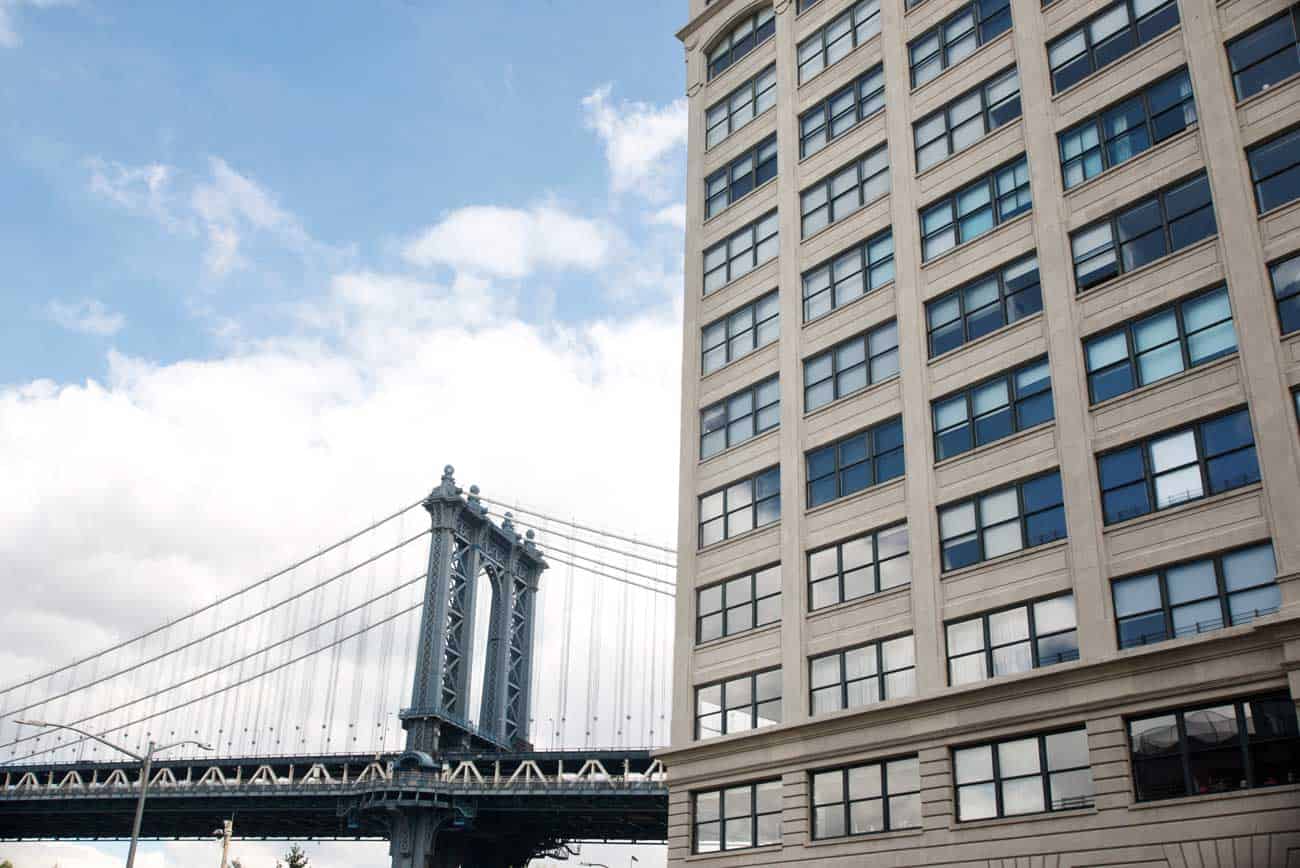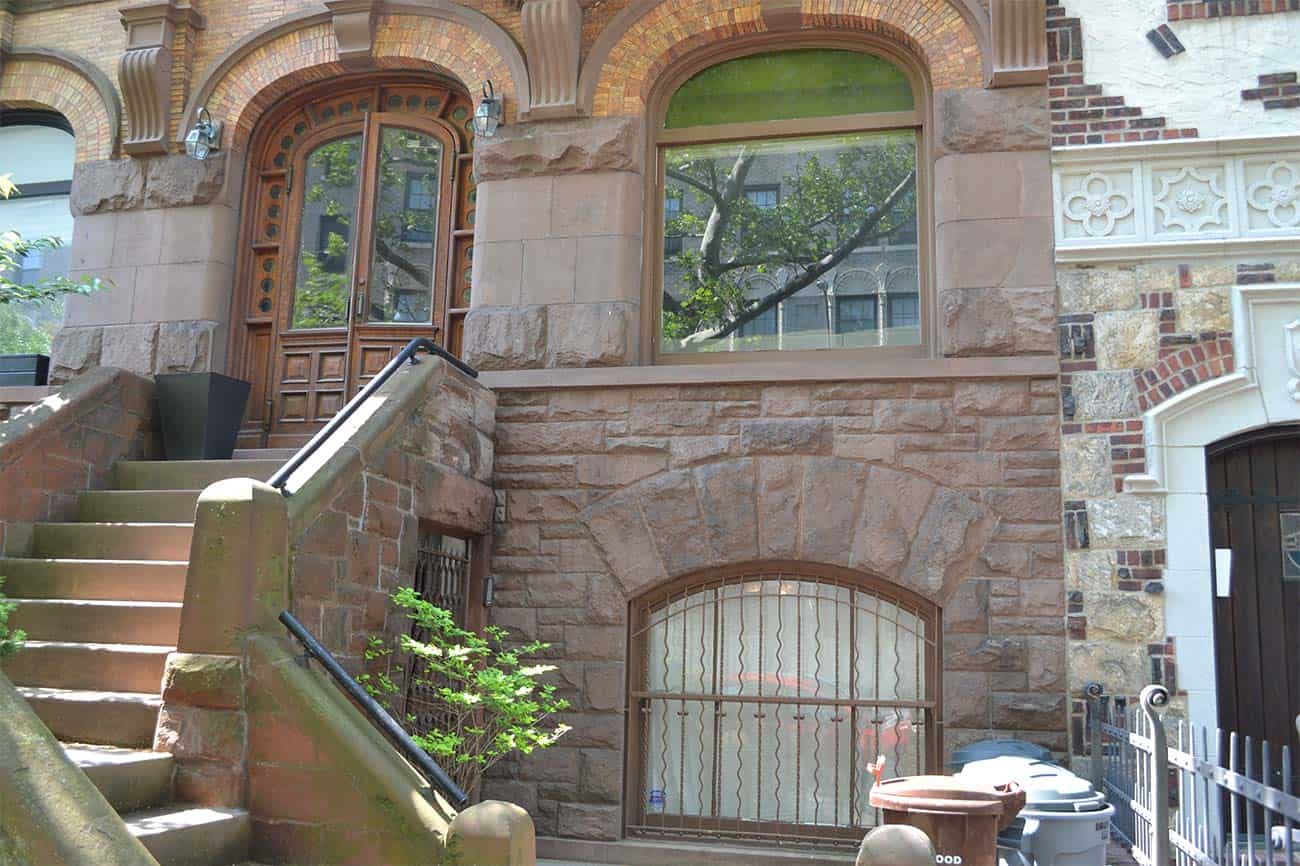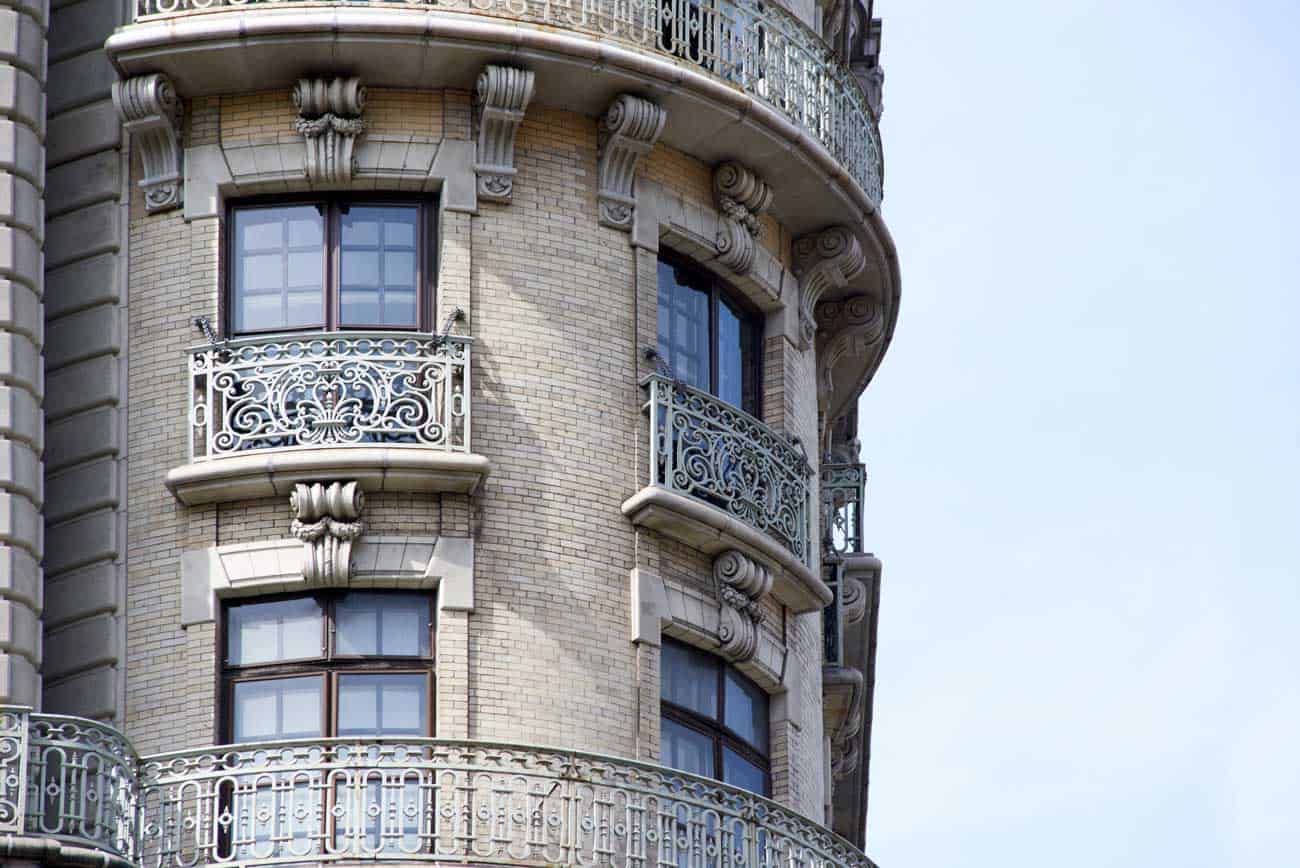Banish Condensation Woes
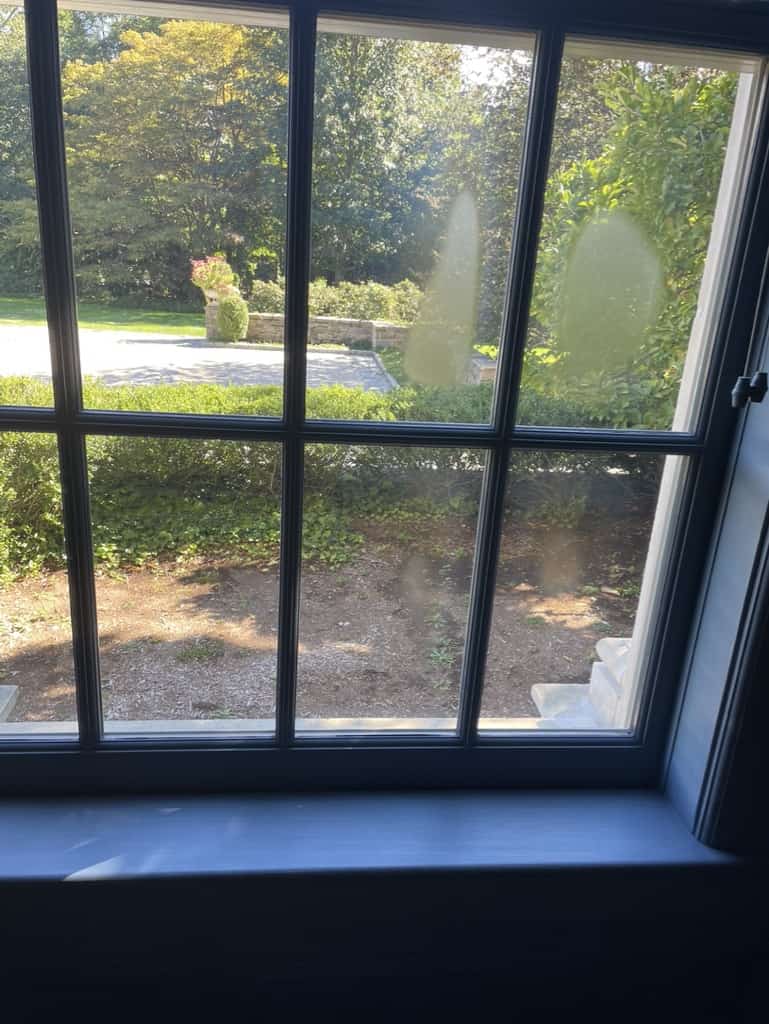
The Condensation Situation
Do you notice fog or condensation forming between the panes of your windows? It’s not just a cosmetic issue; it’s a sign that your window’s insulated glass unit (IGU) seal has failed.
When condensation appears between window panes, it’s a clear indicator that the argon gas, which helps regulate temperature between the glass layers, has escaped. This gas loss disrupts the window’s ability to maintain consistent internal and external temperatures, potentially leading to internal shattering.
The collision of temperatures within the window exacerbates the problem, creating a domino effect of issues.
To combat condensation and ensure long-lasting, energy-efficient windows, upgrading from outdated double glazing to modern, high-quality options is the best course of action. Investing in contemporary, weatherproof materials and advanced double glazing technology can provide peace of mind for decades to come.
Learn more about window condensation from the U.S. Department of Energy.
Modern windows typically feature two or even three panes of glass, with the space between acting as an insulator. This design significantly improves energy efficiency compared to traditional single-pane windows. However, even multi-pane windows are not immune to age-related issues like condensation.
Condensation between window panes not only detracts from the aesthetics of your home but also poses health risks. Moisture buildup creates an ideal environment for mold growth, which can lead to indoor allergy symptoms and other health issues. Additionally, the presence of condensation indicates air leakage between the glass panes, compromising the window’s efficiency.
Air leaks not only result in increased energy bills but also diminish indoor comfort by allowing drafts to enter your home. Properly sealed, functioning windows are essential for maintaining a comfortable living environment and minimizing energy waste.
Upgrading your double glazing offers a multitude of benefits beyond eliminating condensation issues. Improved insulation helps regulate indoor temperatures, reducing reliance on heating and cooling systems and lowering utility costs. Enhanced soundproofing capabilities create a quieter, more peaceful indoor environment, while increased security features provide added protection against intruders.
Moreover, modern double glazing options come in a variety of styles and designs to complement any architectural aesthetic. Whether you prefer sleek, minimalist frames or classic, traditional designs, there’s a window option to suit your taste and enhance your home’s curb appeal.
When opting to replace your windows, you’ll face decisions on window type and replacement method. You might consider replacing just the windows within their current frames; consult your window retailer and installer for suitability. Additionally, you’ll need to determine your desired window features, including frame types, glazing, gas fills, spacers, and operation methods. Each choice contributes to the overall functionality, aesthetics, and energy efficiency of your new windows. Taking the time to weigh these options ensures you select windows that align with your preferences and needs while maximizing the benefits of your investment.
When considering a double glazing upgrade, it’s essential to choose a reputable manufacturer known for quality craftsmanship and durable materials. Proper installation is also crucial for maximizing the performance and longevity of your new windows. Consulting with a professional window installer can help you navigate the selection process and ensure optimal results.
Don’t let condensation between window panes dampen your home’s comfort and energy efficiency. Upgrading to modern double glazing is a smart investment that pays off in improved aesthetics, comfort, and savings on energy bills. Say goodbye to window condensation woes and hello to a brighter, more comfortable living space with upgraded double glazing.
